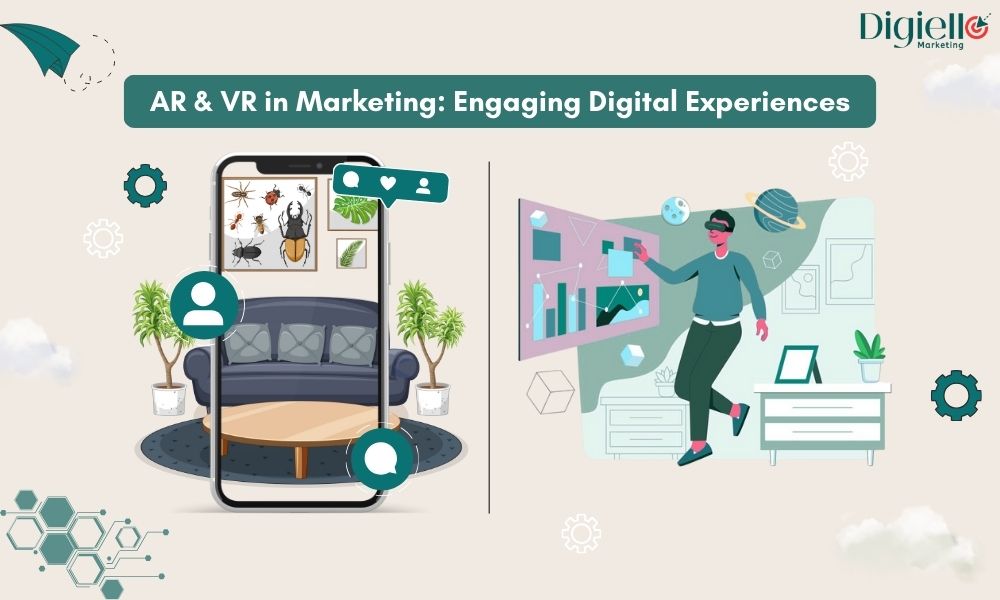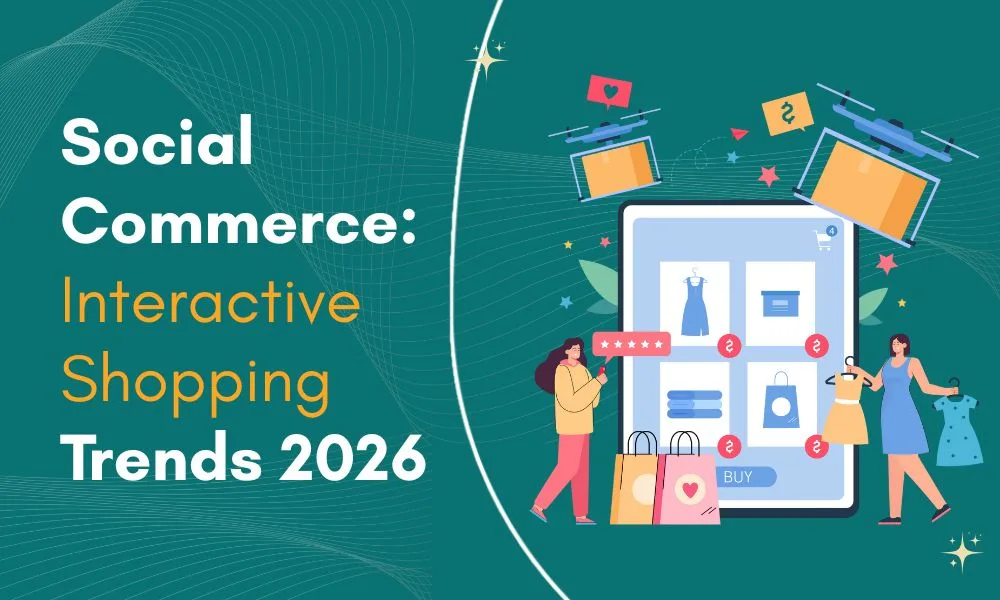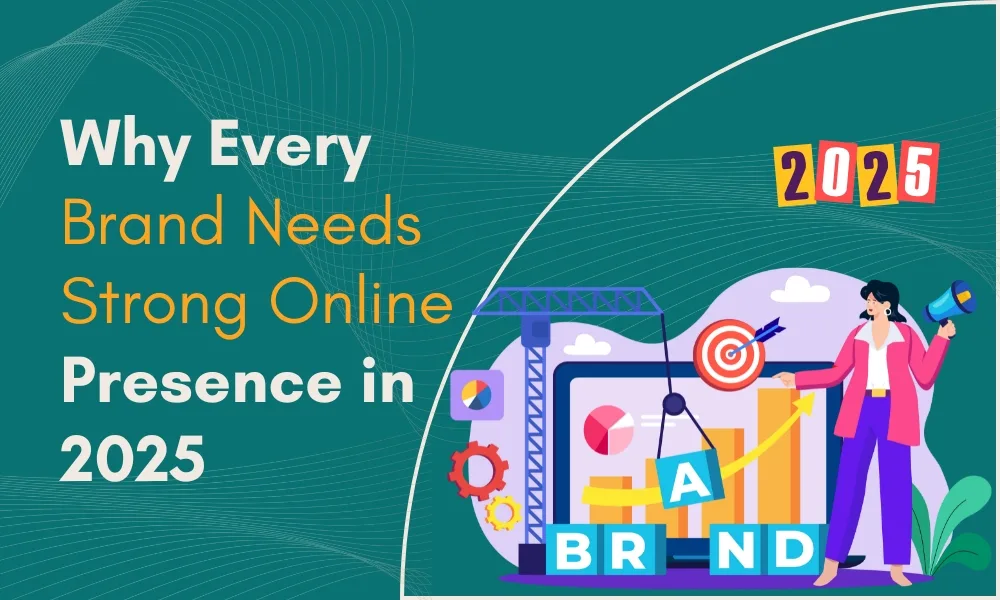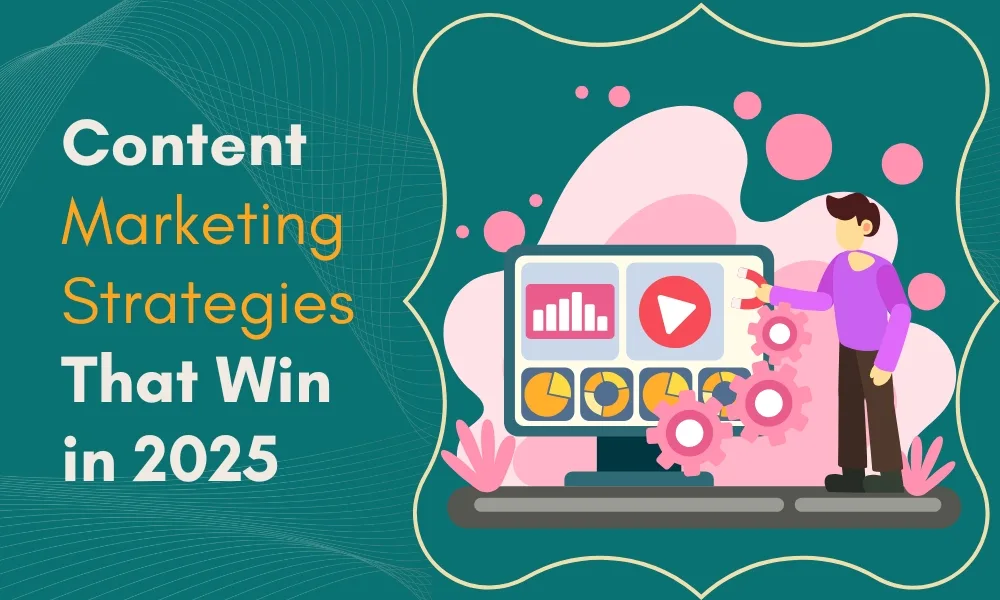In the rapidly evolving digital landscape, AR and VR in marketing have emerged as groundbreaking technologies that offer businesses innovative ways to connect with consumers. Augmented Reality (AR) and Virtual Reality (VR) are no longer just buzzwords; they have become powerful tools that are revolutionizing how brands interact with their audience. By creating immersive and interactive digital experiences, AR and VR are setting new standards in marketing strategies. This blog explores how AR and VR in marketing are reshaping the future of digital engagement and how businesses can leverage these technologies to enhance their marketing efforts.
Understanding AR and VR in Marketing
Before diving into the specifics of AR and VR in marketing, it’s essential to understand what these technologies are and how they work:
- Augmented Reality (AR) overlays digital elements like images, videos, and sounds onto the physical world in real time. Users can interact with these elements through smartphones, tablets, or AR glasses.
- Virtual Reality (VR), on the other hand, immerses users in a fully virtual environment that replaces the physical world. Using VR headsets, users can explore 3D spaces and interact with virtual objects and scenarios.
Both AR and VR have the potential to transform how businesses present products, engage customers, and create unforgettable experiences. Let’s explore how these technologies are being implemented in marketing.
Why AR and VR are Game Changers for Marketing
The potential of AR and VR in marketing is immense. These technologies provide businesses with innovative ways to engage with their audience by offering immersive and personalized experiences. Here’s why AR and VR are becoming essential tools in digital marketing:
1. Enhanced Customer Engagement
Traditional marketing often relies on static content like images or text to communicate messages. AR and VR in marketing, however, allow for interactive experiences that can capture the consumer’s attention and immerse them in the brand story. By allowing customers to engage with products or services virtually, businesses create memorable experiences that drive emotional connections with their audience.
- AR Example: Furniture brands like IKEA use AR apps that allow customers to visualize how furniture pieces would look in their homes before purchasing, helping them make informed decisions.
- VR Example: Automotive brands like Audi use VR to offer virtual test drives, allowing potential customers to experience the car in a simulated environment.
2. Improved Brand Recognition
With the help of AR and VR in marketing, businesses can create distinct brand identities that stand out in crowded markets. By offering unique and memorable experiences, companies can increase brand recognition and foster customer loyalty. The innovative use of these technologies demonstrates a forward-thinking approach, which resonates well with tech-savvy consumers.
3. Personalization at Scale
AR and VR allow for personalized experiences on a large scale. These technologies enable businesses to tailor content and interactions based on individual preferences and behaviors, creating a more engaging and relevant experience for each user.
- AR Example: Makeup brands like L’Oréal offer AR apps where customers can try on makeup virtually. This personalized experience helps customers find products that suit their preferences, improving customer satisfaction and increasing conversions.
- VR Example: Retailers can use VR to create personalized virtual shopping experiences where customers can explore products that align with their interests and preferences.
Applications of AR and VR in Marketing
Now that we understand the potential benefits, let’s explore some practical applications of AR and VR in marketing across various industries:
1. Retail Industry
Retailers have embraced AR and VR technologies to create immersive shopping experiences. With AR and VR in marketing, customers can explore virtual stores, try on clothes or accessories, and visualize products in their own homes before making a purchase.
- AR: Brands like Gucci have introduced AR filters on platforms like Instagram, allowing users to virtually try on shoes and accessories. This boosts consumer engagement and increases the likelihood of a sale.
- VR: VR technology enables retailers to create virtual storefronts where customers can browse products as if they were in a physical store, offering convenience and novelty.
2. Real Estate Marketing
The real estate industry has been quick to adopt AR and VR technologies to enhance property tours and streamline the decision-making process. Virtual reality property tours allow potential buyers to explore homes remotely, reducing the need for in-person visits.
- AR: Realtors use AR to display property details, floor plans, and interactive maps, giving customers more information about properties in real-time.
- VR: Virtual reality enables customers to take full virtual tours of properties, helping them decide without physically visiting each location.
3. Travel and Tourism
The travel industry is using AR and VR to provide virtual tours of destinations, allowing potential travelers to experience their trips before booking. This gives customers a better sense of the experiences they can expect and helps them make more confident travel decisions.
- AR: Destination-based AR apps enable travelers to use their smartphones to explore local landmarks, historical sites, and cultural hotspots with real-time, interactive information.
- VR: VR allows potential travelers to virtually visit hotels, resorts, and attractions to preview their vacations before booking.
4. Education and Training
AR and VR technologies are also transforming marketing in the education and training sectors. By creating immersive learning environments, companies can offer more engaging and effective educational experiences.
- AR: Educational institutions use AR apps to bring textbooks and study materials to life by overlaying 3D models and interactive lessons, enhancing the learning experience.
- VR: VR is used to simulate real-world training environments, offering students and employees hands-on experiences in fields like medicine, engineering, and aviation.
Challenges of Implementing AR and VR in Marketing
While AR and VR in marketing offer great potential, there are several challenges businesses must consider:
1. High Development Costs
Developing AR and VR experiences can be costly, especially for small businesses. The hardware, software, and specialized development expertise required can be expensive. However, as these technologies become more widespread, costs are expected to decrease over time.
2. Technical Limitations
Not all consumers have access to the necessary hardware, such as VR headsets or AR-enabled devices, which may limit the effectiveness of these technologies. Businesses must consider the accessibility of their target audience when implementing AR and VR strategies.
3. User Experience Challenges
Creating seamless and engaging AR and VR experiences requires careful design. Poorly executed experiences can lead to frustration, reducing the effectiveness of the technology. Ensuring a smooth and intuitive user interface is crucial to success.
The Future of AR and VR in Marketing
As technology continues to advance, the future of AR and VR in marketing looks promising. We can expect to see even more creative and immersive applications, with advancements in AR glasses, VR headsets, and AI-powered customization. These technologies will continue to enhance customer engagement, improve personalization, and enable businesses to create truly memorable experiences that resonate with their audiences.
📌 Blockchain in Marketing: Boosting Trust & Transparency
📌 Micro-Influencers: Unlocking Niche Audience Power
📌 Hyperlocal Marketing: Winning Customers in Your Area
Frequently Asked Questions (FAQs)
Q1: What is the difference between AR and VR?
AR overlays digital elements on the real world, while VR immerses users in a completely virtual environment. Both technologies enhance the user experience, but they differ in how they interact with the physical world.
Q2: How can businesses use AR in marketing?
Businesses can use AR to create interactive experiences, such as virtual try-ons, product visualization, and location-based information, all of which engage customers and improve their purchasing decisions.
Q3: Is VR only used in gaming?
No, VR is also used in marketing, real estate, travel, education, and various other industries to provide immersive experiences that help consumers explore products or services in a virtual environment.
Q4: What are the benefits of using AR and VR in marketing?
AR and VR allow businesses to create interactive, personalized, and immersive experiences that engage consumers, improve brand recognition, and increase conversions by providing a unique and memorable marketing experience.
Q5: Are AR and VR technologies expensive for businesses?
While the initial investment in AR and VR development can be costly, as the technology advances, the costs are expected to decrease. Businesses can start with simpler AR experiences and scale up as needed.
Q6: How can AR and VR improve customer engagement?
AR and VR allow customers to interact with products in real-time, providing immersive experiences that engage users on a deeper level. This leads to higher customer satisfaction and stronger emotional connections with the brand.
Conclusion
The rise of AR and VR in digiello marketing has opened up new possibilities for businesses to engage their audience in immersive and personalized ways. By leveraging these technologies, companies can offer unique experiences that not only attract attention but also drive deeper connections with consumers. As AR and https://digiello.com/ continue to evolve, they will become even more integral to marketing strategies, shaping the future of digital engagement and creating opportunities for businesses to stand out in a competitive market.








